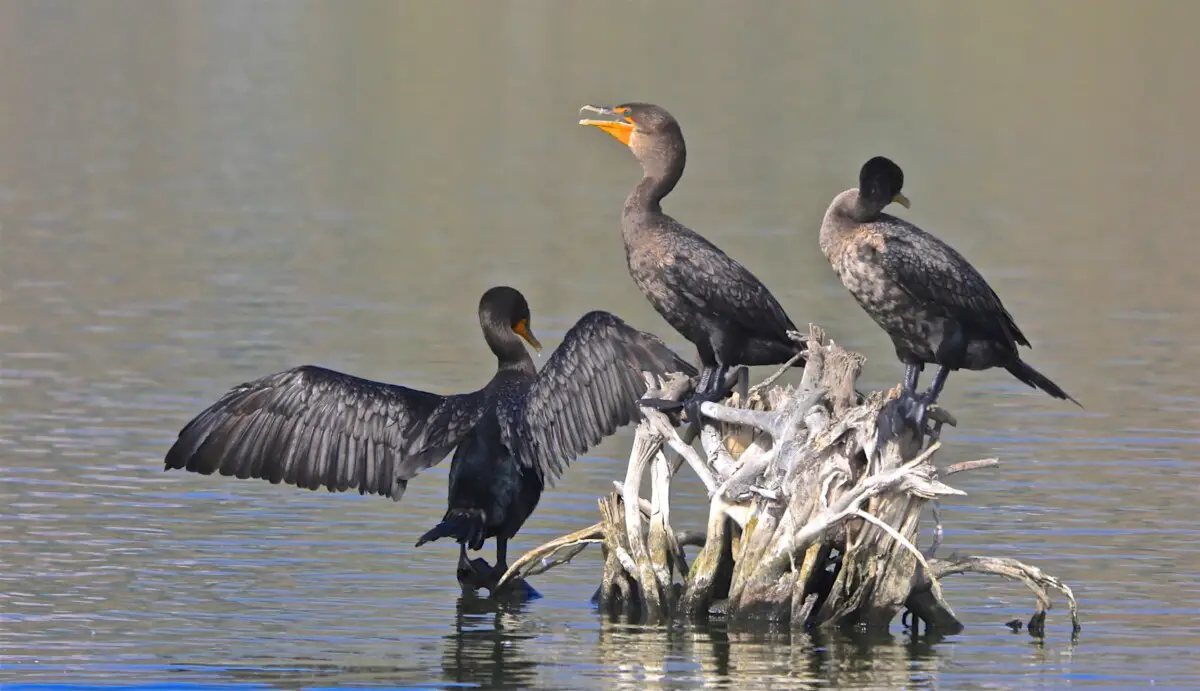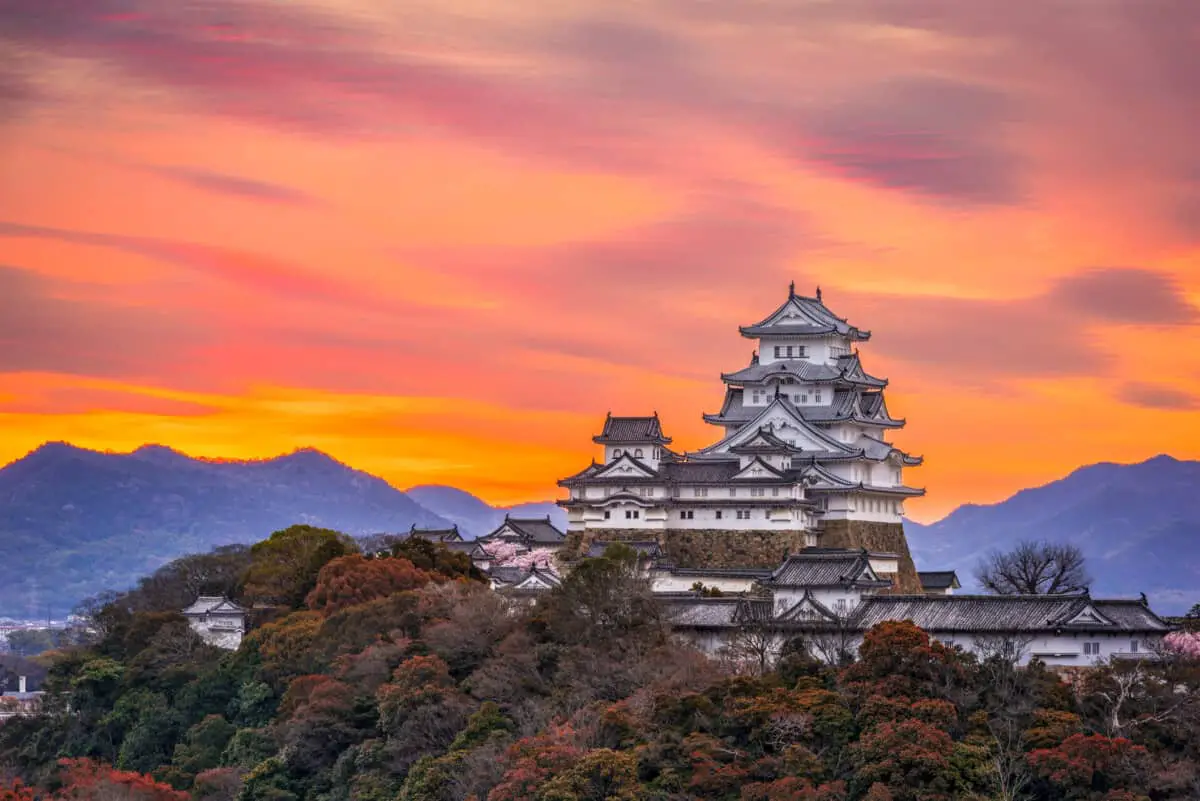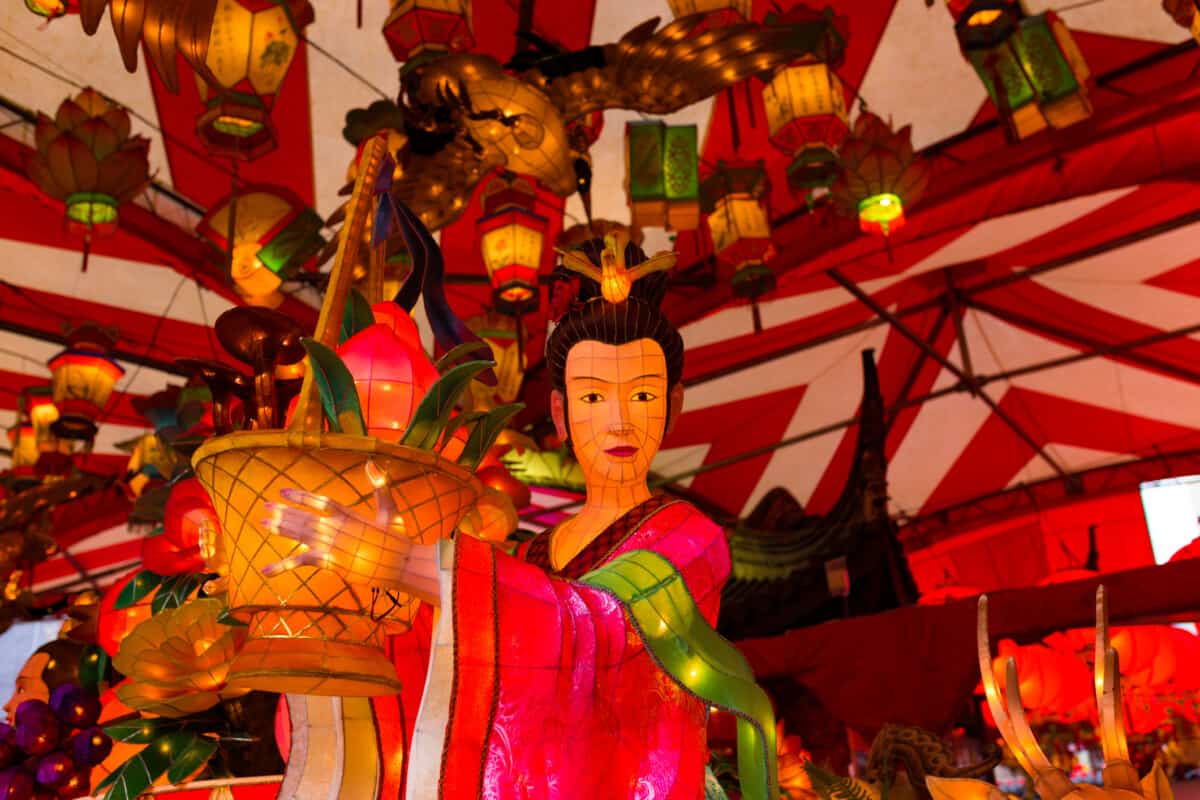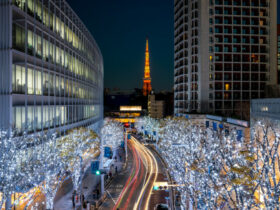A Unique Way To Fish In Japan: Ukai, Or Cormorant Fishing
Fishing is as much of a popular pastime in Japan as it is elsewhere, but Japan used to do things a little bit differently.
It was once tradition to have cormorant birds along for the ride when fishers would glide through lakes, with these birds helping fishers catch any swimming fish lurking about.
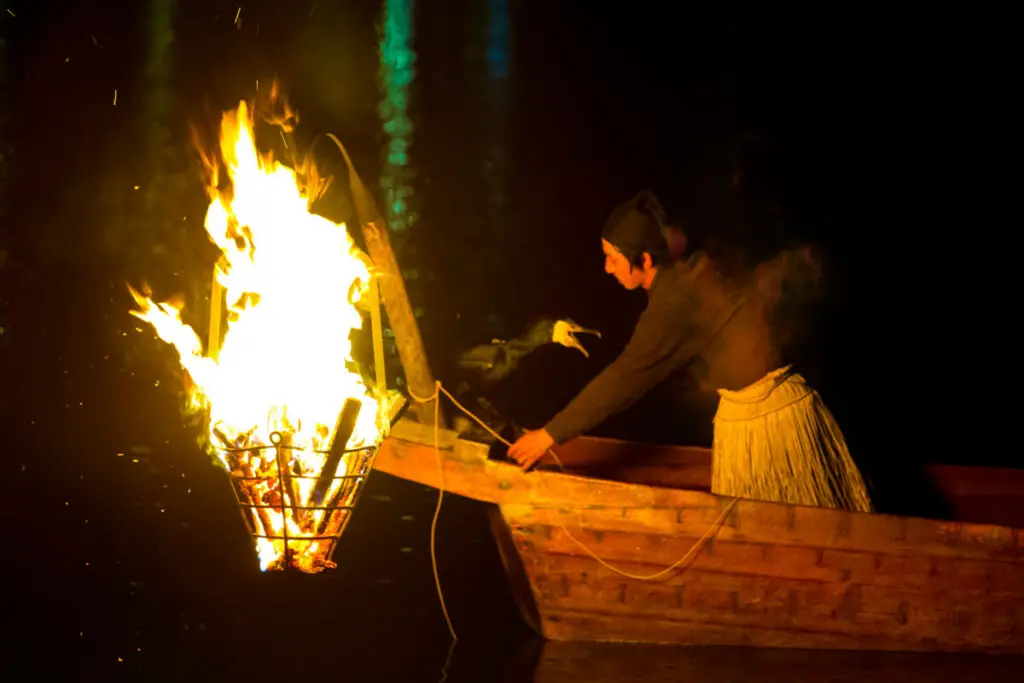
The peak season for ukai has always been from May to September, and fishers gather up their cormorants and head out on the water at night. In order to see clearly in the dark, fishing fires are usually lit at the front of the boat.
How Ukai Was Started
When cormorants are in the water, they catch fish in their beaks and store them in their throat. This would allow them to catch more than one fish.
Once they were satisfied, they could bring the fish back up. When fishers saw this practice, they thought it could be utilized to help them catch fish in a new way.
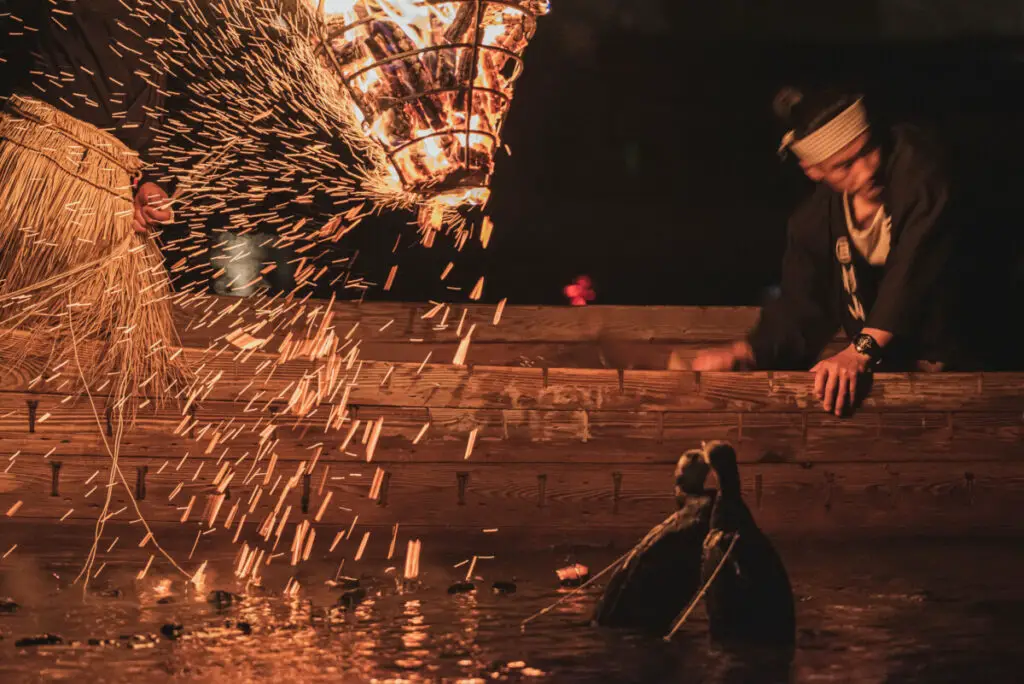
It’s believed that ukai fishing caught on between 1300 to 1400 years ago. While it’s not as popular as it once was, there are still a few rivers where ukai fishing can still be practiced.
Cormorant Birds
Cormorants are birds who love the water and love to fish. Since they have such keen eyesight, they are able to find fish and catch them quickly day or night. Cormorant birds are known to get along quite well with humans, making ukai fishing the perfect partnership between the two.
However, before cormorants can become fishers with their human counterparts, there is a training period involved that usually lasts about three years. It’s very important during this time that the fisherman tries to bond with the cormorant.
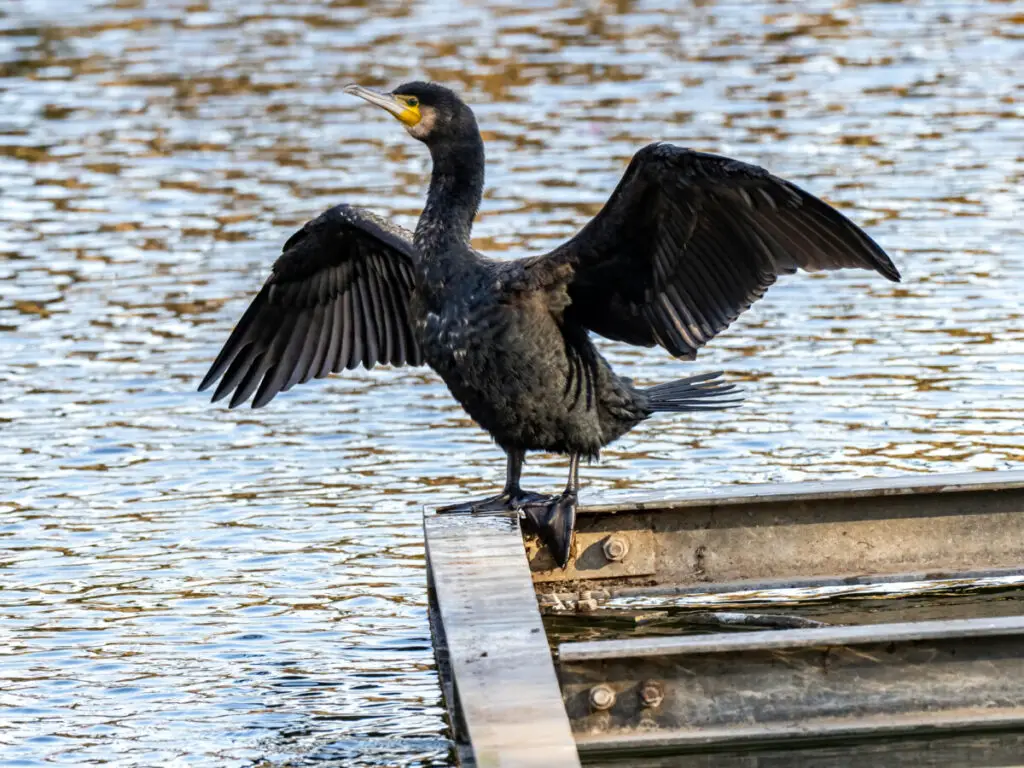
This means that the cormorant will usually live with the human during the training period and typically stays with the fisher after they retire from working.
Cormorants are to be treated with respect and care during this time. Cormorants and fishers must build strong, lasting relationships with each other for ukai to work.
How Ukai Works
A group of fishers would usually go out at night in an ubune, which is a long and narrow wooden fishing boat. Typical groups range from one to three people. They would bring along anywhere from five to twelve birds. The birds are usually held on leashes while they swim about in the water looking for fish.
These leashes, known as snares, will be tied around a cormorant’s neck. It is not restrictive or painful for the birds but is essential to prevent them from either swimming away or swallowing large fish.
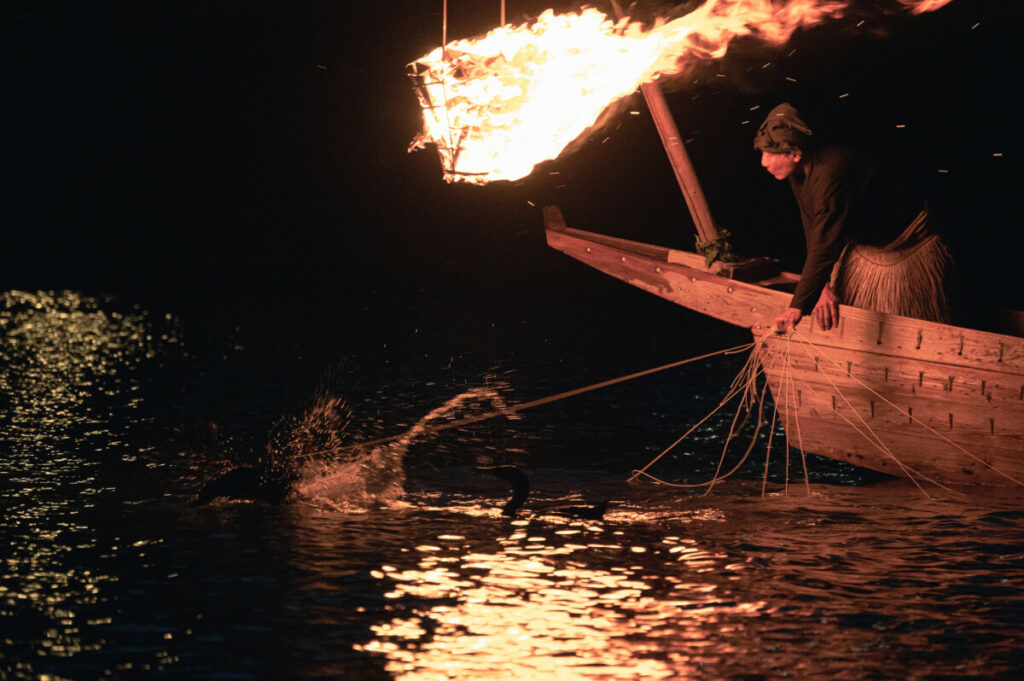
At night, it’s easier for the fish to be startled by a sudden flash of fishing fire, making it harder for them to orient themselves to escape. This makes it much easier for the cormorants to catch them since they can’t swim away as fast.
When the fishers and birds are finished for the night, the cormorants will usually be assisted in releasing their catch from a special pouch in their throats made for storage. The common types of fish that ukai fishers seek out include ayu fish and sweetfish.
Why Ukai fishing Has Died Down
There are only approximately 13 rivers throughout Japan where ukai is still practiced. That said, it’s not done for the sole purpose of catching fish for food. It has become more of an attraction than a source of finding food in Japan.
This is because modern methods of fishing can catch way more fish in a smaller amount of time while also requiring fewer people to do so. Many more countries outside of Japan also had their style of ukai, but most of those countries have given up the ancient practice for more modern fishing technology.
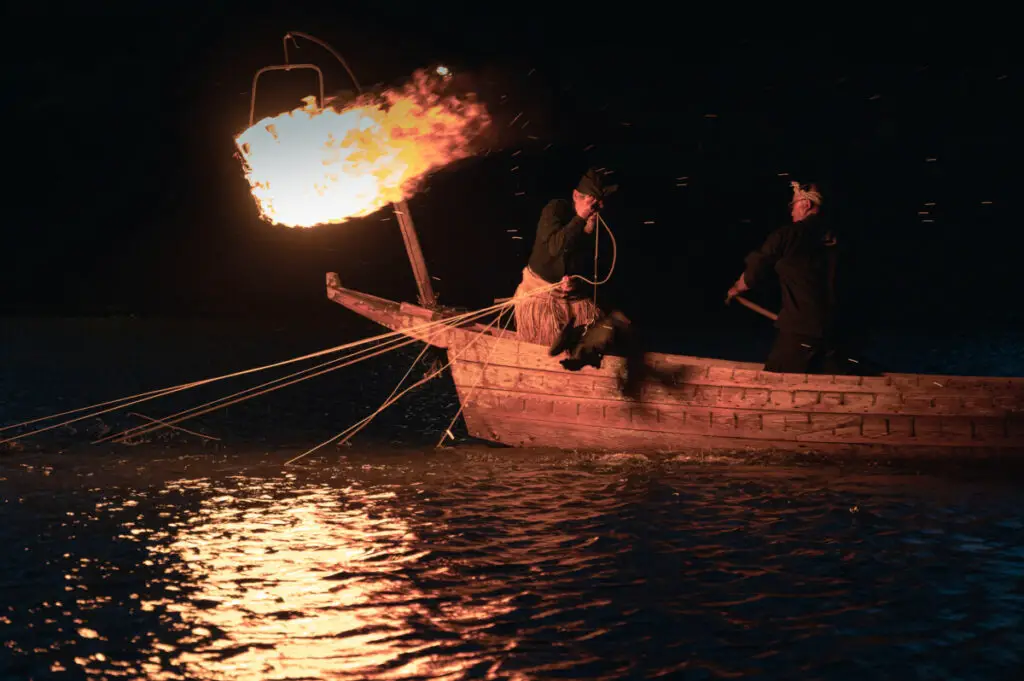
As of today, it appears that Japan and China are the only two countries that still practice ukai. Like Japan, in China, the practice has diminished to a tourist attraction mainly since modern fishing methods have won out there as well.
Where To Experience Cormorant Fishing
This method of fishing isn’t used as much in Japan anymore, but there are a few areas that have kept the tradition alive for those interested in seeing it.
While ukai isn’t the livelihood it once was, it has become a popular pastime that draws in tourists and locals alike.
Hijikawa In Ozu, Ehime
Ukai fishing occurs in Hijikawa from June to September, and fishers will go out in the afternoon and at night.
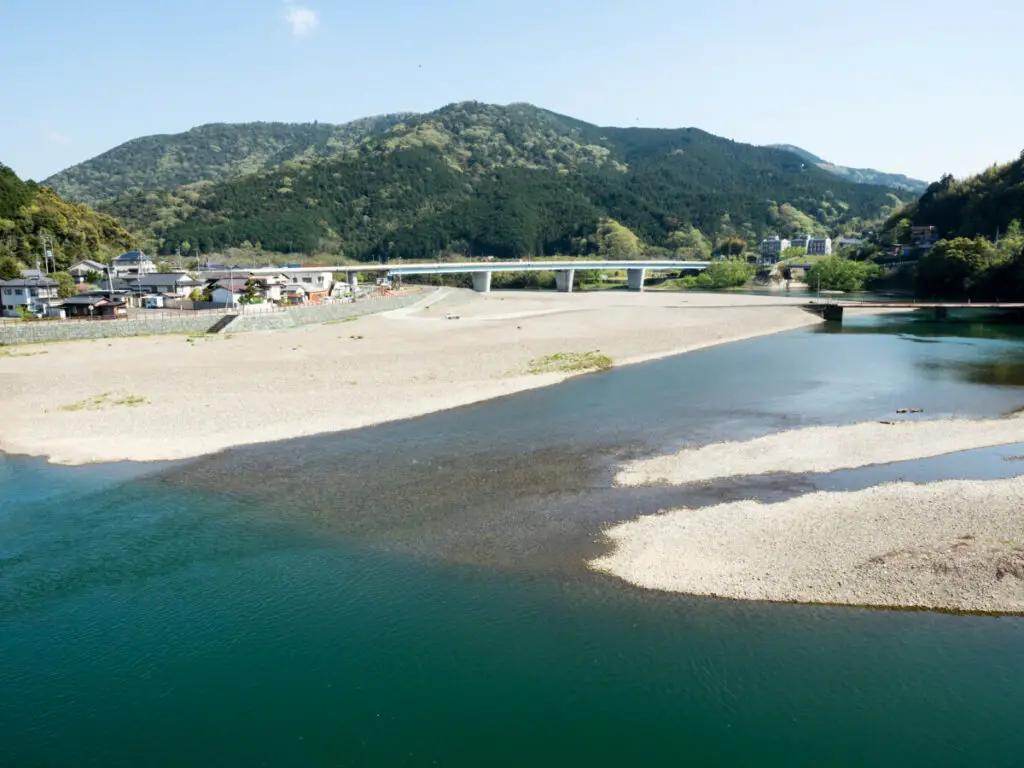
There are sightseeing boats that take you out on the water to witness ukai, but you do have to reserve a seat. There is a small fee to participate, and a bento box is included in your fee so you can snack while you watch the action.
Ukai Fishing Via Tripadvisor
Nagara River
Between May and October, there are ample opportunities to watch ukai fishers out at night on the Nagara River. There is a fee to watch, and there are various vantage points to watch from.
There’s a watching boat that lets you witness ukai from the water or seats at the riverbank or bridge.
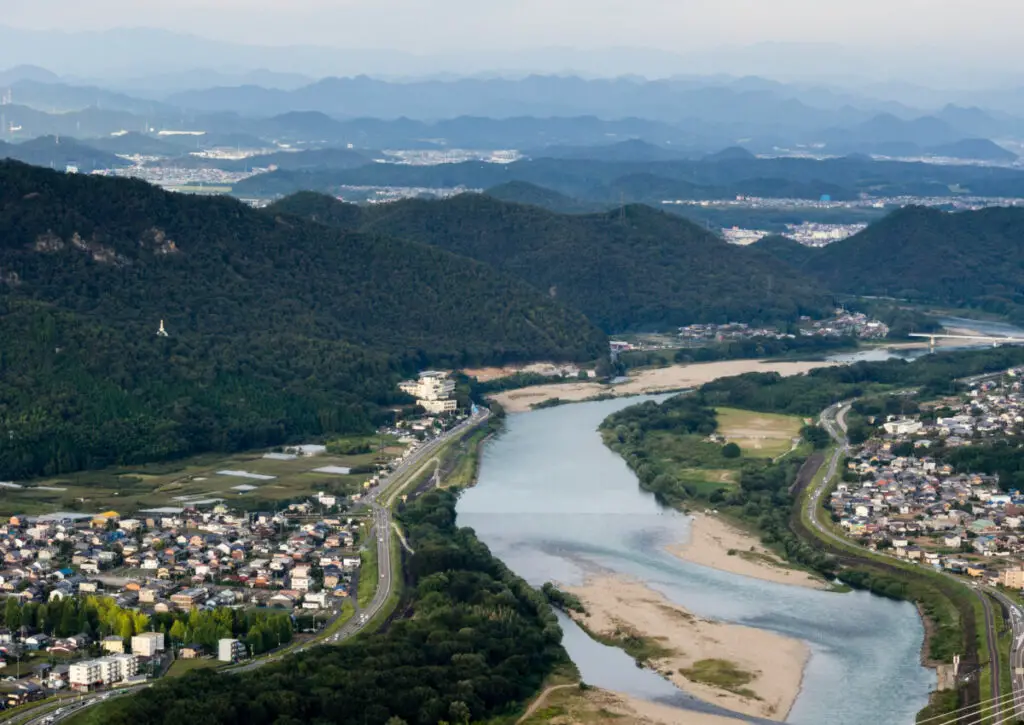
For the Nagara River, the practice of cormorant fishing is still considered to be quite sacred. In fact, cormorant fishers are held in high regard by the Imperial House of Japan. This imperial house protects the practice, and fishers are part of the Imperial Household Agency.
Uji River, Uji, Kyoto
The ukai season is a little shorter at Uji River, spanning from July to September. There are sightseeing boats available here as well so you can watch from a great viewpoint.
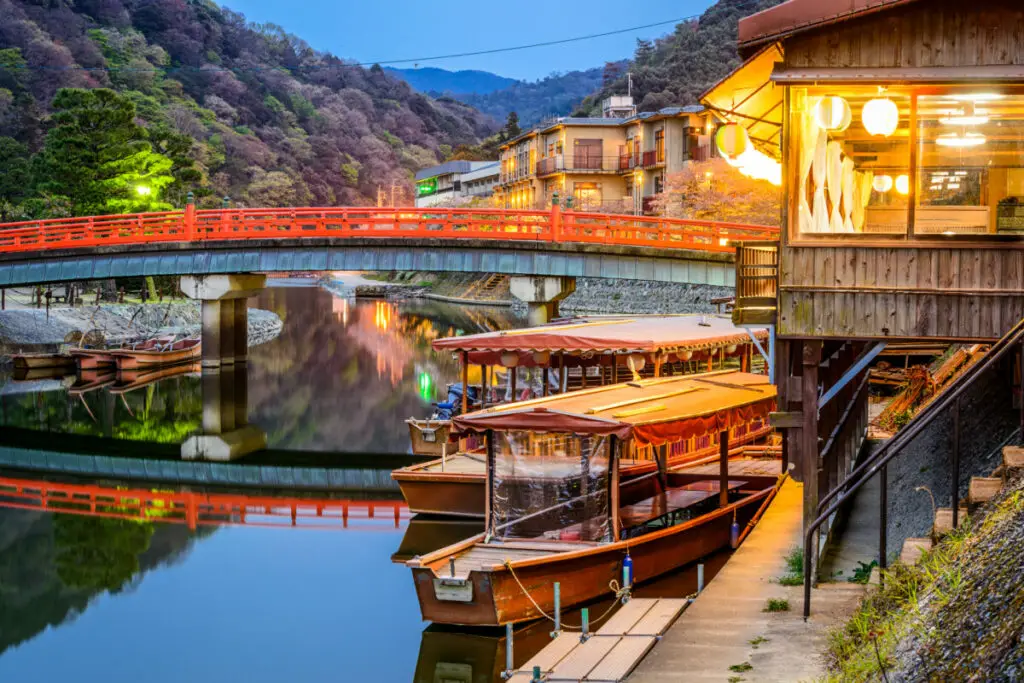
Ooi River, Kyoto
This river in Kyoto also offers an opportunity to watch ukai fishing. Here, the fishing season also only runs from July to September.
Mikuma River, Hita, Oita
If you’re staying in Hita City during your Japanese travels, it’s worth inquiring at your hotel or ryokan whether or not they have cormorant fishing excursions scheduled.
You can also check before you arrive at your hotel online, as you may want to plan your trip around one of these events.
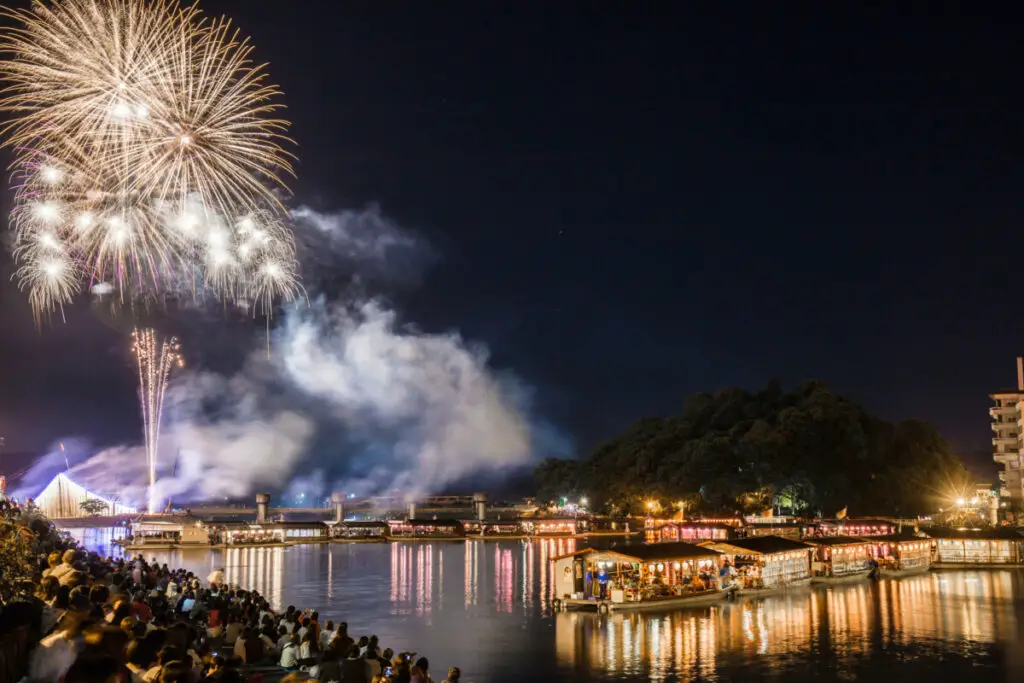
These particular excursions offer the opportunity to watch ukai while on a yakatabune, which is a large boat with a roof on top. You can also purchase a meal to enjoy while on the boat and watching the cormorants do their thing.
Lesser Known Rivers To Watch Ukai
There are a few other rivers where you can watch ukai during peak season, either from the sidelines or by booking a sightseeing seat. If you happen to be in one of these cities while visiting Japan, be sure to check out some fascinating ukai fishing when you’re there.
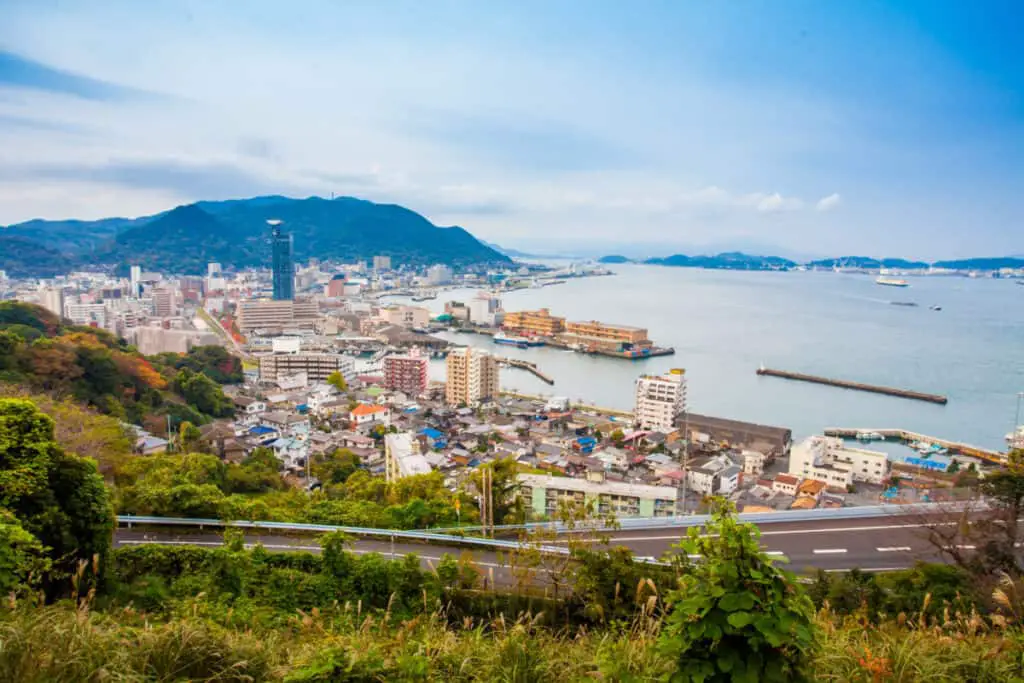
Chikugo River in Asakura, Fukuoka allows for ukai viewing between May and September. At Bansen River in Miyoshi, Hiroshima, you can watch ukai from June to September.
Kiso River in Inuyama and Kakamigahara in Aichi participates in ukai from June to October, and at Nishiki River in Iwakuni, Yamaguchi, ukai season is from June to September.
There are small fees involved for watching ukai at each river, but the fees help support keeping this ancient fishing tradition alive.

